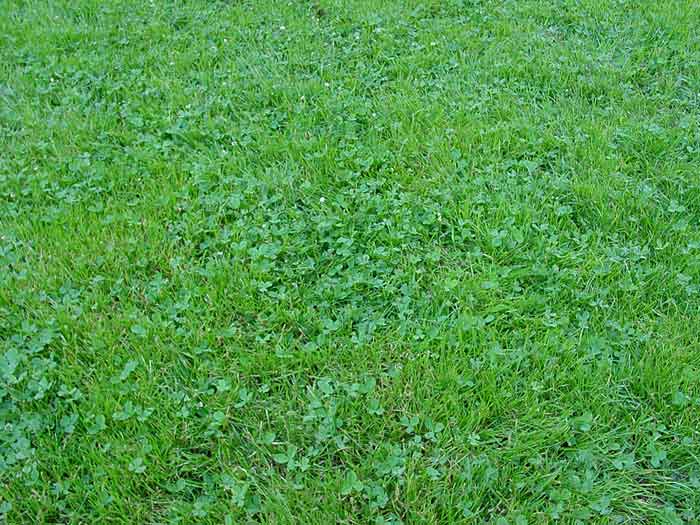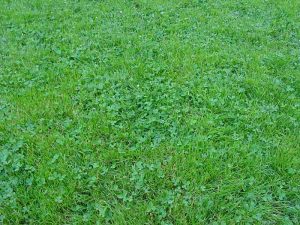Mixed Feelings in the Lawn: Clovers and Grass by Mario Villarino

[adning id=”33097″]

Some people love it, some people hated it. It is always a dichotomy no matter the subject. The reality is that people have multiple points of views and that makes our society a wonderful thing to be part of. When referring to clovers in the lawn the same situation happens: some people hates them considering weeds while others embrace the idea of a mixed clover lawn. According to North Caroline Extension, Clover in the lawn is a concern of many property owners. Clover has been considered a lawn weed for only the past 50 years. Prior to that time clover was a part of the typical American lawn prior to World War II and an important component in fine lawns. Clover has many positive characteristics. It is a legume that can take nitrogen from the air and through an amazing chemical reaction, deposit it in the soil as a fertilizer. Clover mixed in a lawn provides a small continuous amount of fertilizer to surrounding plants and can aid the growth of the surrounding grasses. It promotes biodiversity in a lawn helping to reduce pest and disease problems. Clover flowers attract beneficial insects like honey bees, butterflies and other pollinators. Some of the beneficial insects prey on garden pests. Clover is also drought-tolerant, resistant to diseases, and offensive to common turf insects. The most common clover for lawns is the white clover (Trifolium repens), which has 3-part leaves and white flowers that are pink tinged. This clover is low growing, reaching a height of only 6 inches with the flowers rising above the leaves. It tolerates close mowing, and out competes weeds spreading rapidly. Clover tolerates compacted soil better than lawn grass does and has longer roots, enabling it to access water at deeper levels. White clover is an ideal candidate to blend into grass lawns because it will keep its cool-green color even during the hottest and driest parts of summer. This clover is a rapid spreader that crowds out broadleaf weeds while it grows harmoniously with grass. It will thrive in poor soil and areas that are poorly drained or too shady for a conventional lawn. Allowing clover to grow in the lawn is one way to decrease lawn maintenance needs and costs. Clover in the lawn is frequently considered just another weed to eliminate and is sprayed with herbicides in favor of the perfect lawn or monoculture. The best method for preventing weed problems is to maintain the health and density of your lawn by mowing at the recommended height, providing the proper fertilization and lime following a soil test and irrigating as needed. Recently, mixed lawns with grass and microclovers have made a popular option in some areas of the US. Their principle is the same: clovers will provide nutrients to the lawn when those die or get mowed, and will have a different growing pattern than the grass, supplementing the grass effect in your lawn. Microclover are a small-leaf variety of clover, making them more appealing for the lawn. For more information in this or any other agricultural topic please call the Hopkins County Extension Office at 903-885-3443 or email me at m-villarino@tamu.edu.
[adning id=”33207″]
[pro_ad_display_adzone id=”25296″]
[adning id=”33207″]












